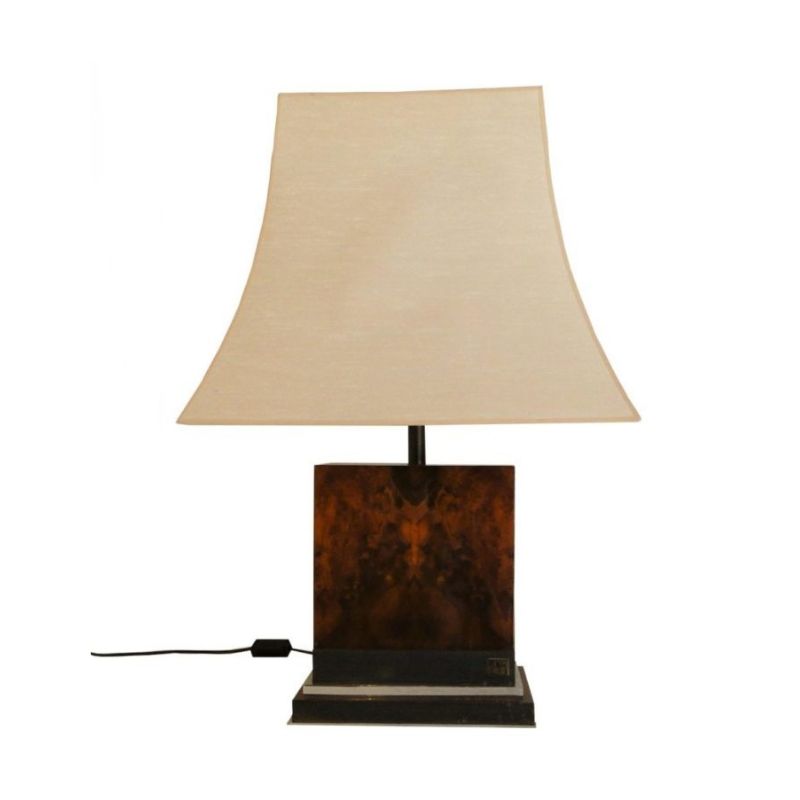I think
I think that a steel (or some sort of metal) is the norm for the noguchi table made now. I actually have a Noguchi coffee table that has a wooden connection piece, however there does not seem to be a repair. I Mean that the wooden connector piece seems to be original. However, I could be mistaken and the wood could be a replacement.
More info
I have taken a couple of photos to help shed some light on the description I gave.
I think I have read some where that the construction of this table can help narrow down the age of the table.
Here are the photos:
http://www.flickr.com/photos/42166211@N00/130961258/
The table at the Noguchi...
The table at the Noguchi exhibit in LA is listed in the program as made of "Wood, steel wire, glass" so I am assuming the pin on a real old one is some type of metal. Of course the construction might have changed over the years. If you are referring to a Herman Miller piece and not one of the ubiquitous other versions around (are there more versions of the Barcelona chair or Noguchi table out there?) then perhaps someone at Herman Miller could help.
Interesting
Thanks for taking a look at the photos and helping me find out more about the coffee table. I realize that there a lot of reproductions of this table out there and was curious to find out if the one I had was one.
What makes the table "not a real Noguchi?"
Thanks for your time Koen
As I recall,
the edge of the glass, which I believe is 3/4" thick, has a thumbnail edge -- an arc profile, not a bullnose, in other words -- which would show green on a normal piece of plate glass. I would be surprised to learn of a painted edge to the glass; perhaps a greyish tint to the glass would yield a black appearance there ?
Thanks . . .
Thanks for the insight SDR
The edge of the glass is about 3/4? thick on the table I have. I see what you are talking about when you mention the arch profile on the edge, I had not noticed that. I did not realize that that type of edge would show green with plate glass. I am sorry I wasn?t clear earlier, but I think that you are right and the edge of the other table I saw was more of a grayish color and not a solid black color. The edge was not painted.
Website help?
On the following link the seller describes the table as having a wooden dowel pin. I wonder how accurate this website is in saying that the table is an earlier piece.
http://www.20cdesign.com/tablespages/IN-50.htm
Taking
Koen's words into account, I can imagine that the best version of this table would include a steel dowel, as that would be the strongest, as well as the most dimensionally consistent, provision.
I can also imagine that the table could be provided with a hardwood dowel of an equal length [I am waiting for the dimension of this pin to be provided by some kind soul] and would think that this COULD be more than structurally adequate. But I would be very interested to know how Herman Miller have made this table, from the time of their earliest prototypes to the present-day production -- and any licensed offshore manufacturer (does Vitra also make this table ?).
Here's an interesting sidelight: This has to be one of the few tables out there, in which the user has a role in its final design, as there is no built-in control of the "included angle" between the two leg elements. . . I guess Isamu and Herman trusted that the most appropriate stance would be arrived at, by the sensitive owner ? Don't tell me that Herman Miller supplies a cardboard "angle template" !
SDR
If you need any help, please contact us at – info@designaddict.com









